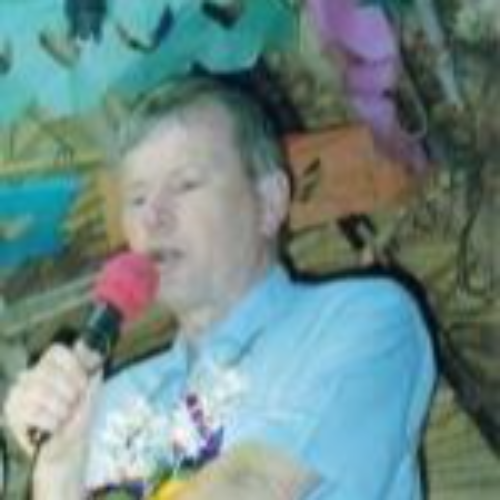-
An Encounter With The Risen Lord Jesus
Contributed by Christopher Holdsworth on Sep 27, 2020 (message contributor)
Summary: The living Lord Jesus comforts us with strength for today, and bright hope for tomorrow.
AN ENCOUNTER WITH THE RISEN LORD JESUS.
Revelation 1:9-18.
“I became dead and am alive forevermore” (Revelation 1:18).
(1) Introduction: Patience in the midst of tribulation (Revelation 1:9).
The ability of the Apostle John and his readers to persevere in the midst of tribulation did not originate in themselves. Their ability was derived from the risen Lord Jesus. Believers have the same power at work within them which rolled the stone from the tomb and brought Jesus back to life.
(2) The occasion: “I was in the Spirit on the Lord’s day” (Revelation 1:10).
John was in the Island of Patmos, exiled for preaching the Gospel. Yet, even though he was separated from family and friends, he found time to celebrate “the Lord’s day” - the first day of the week - the day on which the disciples generally came together to “break bread” and listen to the preaching (Acts 20:7). Christians commemorate the death of the Lord Jesus in the Eucharistic feast (Communion), and come together to celebrate His resurrection on the day known as “the first day of the week” because it was on that day that He rose from the dead (Luke 24:1-8).
There in a Roman prison or labour camp, John found time to be “in the Spirit” on the Lord’s day. Wherever we are (said Jesus on another occasion, to the woman at the well) we must worship God “in Spirit and in truth” (John 4:23-24). For us, this must involve (at the very least) Bible study and prayer - even on those occasions when we do not have the opportunity to share in Christian fellowship with others.
When John speaks of being “in the Spirit” elsewhere in the book (Revelation 4:2; Revelation 17:3; Revelation 21:10), he uses the expression for a heightened sense of spiritual realities (cf. Ezekiel 37:1). As we meditate on the Word of God, and engage in prayer and praise (Ephesians 6:18; Philippians 3:3) we may begin to enter into hitherto hidden mysteries (1 Corinthians 14:2).
(3) What John saw: the Lord in the midst of His churches (Revelation 1:13).
Turning towards the voice (Revelation 1:12) which he heard, John saw one “like (a) son of man” in the midst of the seven golden candlesticks (which he learned later represented the seven churches of Asia Minor). Jesus’ preferred name for Himself during the time of His humility was “the Son of man” (Matthew 8:20), but John uses no definite article (‘the’) here. The vision was more akin to what Daniel saw (Daniel 7:9-14), and Jesus’ appearance emphasises His exalted glory (cf. Daniel 10:6).
It is interesting that John saw the risen Lord Jesus holding the “angels” of the churches in His hand (cf. John 10:28).
(4) What Jesus said: “I became dead and am alive forevermore” (Revelation 1:18).
(a) “I AM the First and the Last” = God.
(b) “and the Living (One)” = God, but also the risen Lord Jesus, who “became dead and is alive forevermore. Amen” (truly).
(c) “Fear not,” He says. “I hold the keys of Hades and death” = Jesus has authority over death and the world of the dead.
Because Jesus has risen again, death is no longer “the king of terrors” (Job 18:14) for the Christian.
(5) Result: ‘Strength for today, and bright hope for tomorrow.’
As we enter into the book of Revelation, the fact of the resurrection of the Lord Jesus Christ proves to be foundational to the unfolding of God’s purposes for mankind. It is the “Lamb slain standing” (Revelation 5:6) who is counted worthy to break the seals of the scroll which unfolds God’s purposes. Our strength in the midst of trials, and our hope for the resurrection, ultimately rest in the reality of the resurrection of the Lamb (Revelation 7:17).

 Sermon Central
Sermon Central



